Do you want to hike to an active volcano when you're in Iceland? Are you wondering how best to see the volcano lava fields on the Reykjanes Peninsula? And is it even safe to hike to an active volcano in Iceland? Read on and and join us as we're hiking to Volcano Lava Fields on the Reykjanes Peninsula...
If you’re looking for something a bit more off the beaten path and less touristy than the Golden Circle, then you should definitely explore the Reykjanes Peninsula. The Reykjanes Peninsula is a UNESCO Global Geopark and lies on the Mid-Atlantic Tectonic Ridge, making it one of the most volcanic areas in the World.
You’ll need to keep your plans very flexible and keep your eyes on local news reports, as this is a VERY active volcanic area, with 8 volcano eruptions in the last 3 years!
But that does also make it one of the most surreal and best places to explore in South Iceland (assuming it’s safe to do so).
Use this website for the latest travel advice… Visit Reykjanes.
Volcano Lava Fields in Iceland
Here is a map of our day hiking to active volcano lava fields on the Reykjanes Peninsula and the other places we visited. As stated above, due to the ongoing volcanic eruptions, road closures are common and Google often can't find a way to direct, so be careful and check the local websites for the latest up to date info... Safe Travels
Hike to the Active Volcano Lava Fields
After speaking with our guide during our South Coast Adventure Tour we found out that the most recent eruption site is not accessible yet as there are still too many toxic gases in the area, and the eruption site is very difficult to get as well.
So instead we decide to visit the lava fields from the eruptions which happened in 2021, 2022 and 2023. And while we weren’t sure about going to these at first as we were disappointed we wouldn’t be able to see the actual eruptions happening, we’re so glad we did!
Our hire car ‘Shark’ (a 4x4 Suzuki Jimny for those who haven’t read our Golden Circle blog) comes into his own as we turn off the paved road and start our ascent up the rocky dirt track to the parking area.
We’re still not sure which trail we’re going to take as we’re getting ready for the hike. We want the best views, but the weather is mixed to say the least… it's been heavy rain for most of the drive here, but it seems ok for now.
We walk up to the start of the trails and check out the sign… 3.2km to Stórhóll viewpoint, 2.5km to Langihryggur viewpoint, and 800m to Nátthagi viewpoint. But while the distances don’t sound much, from what we’ve been told and what we’ve read, they take a lot longer due to the hilly and rocky terrain.
They’re all pointing in the same direction anyway so we decide to head off and see how far we get…



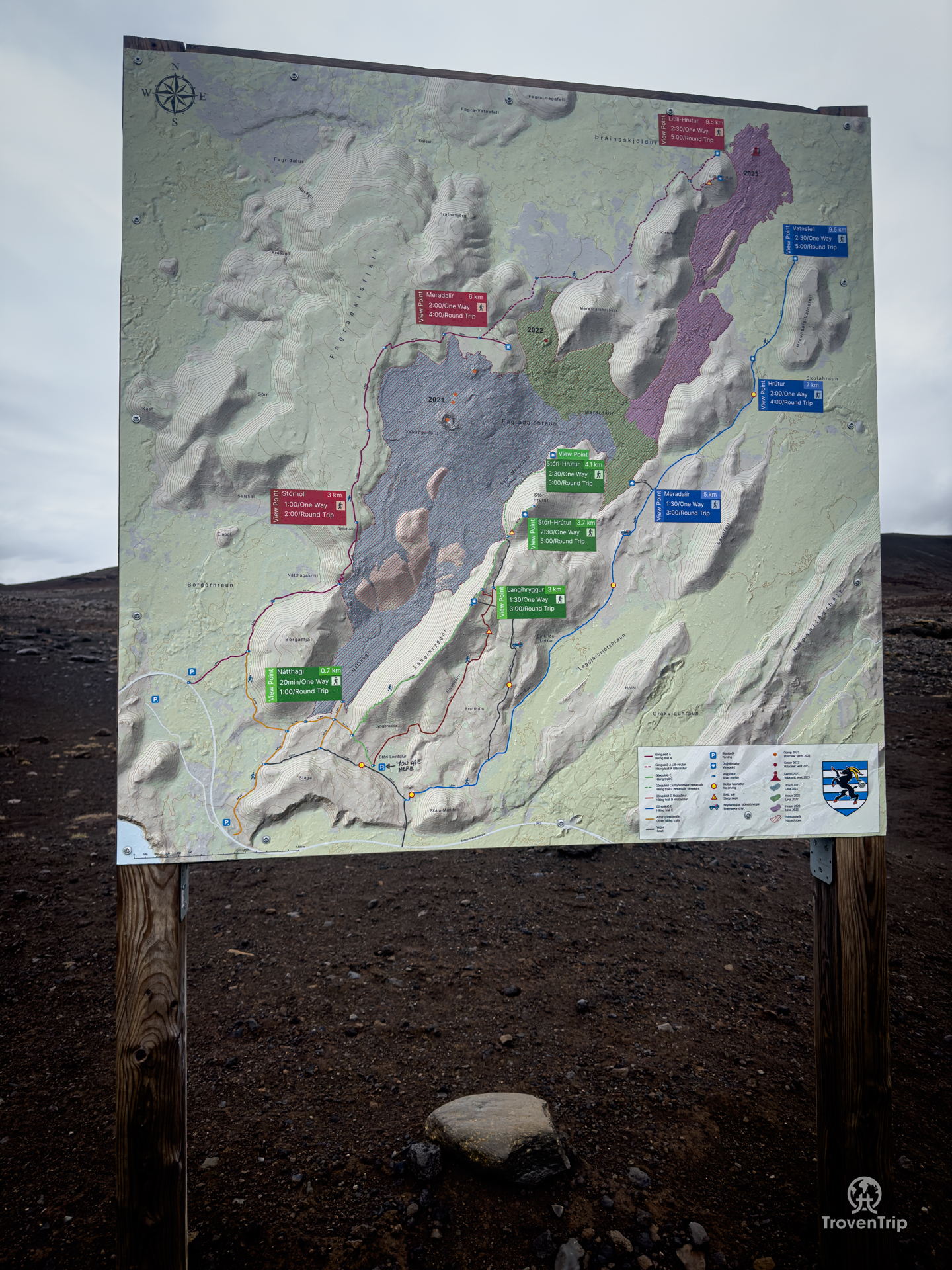
The view back to the car park is good as we’re hiking up the hill towards the viewpoint, with the dirt track snaking between the mountains and the sea visible in the distance.
But that’s nothing compared to the view once we get to the top. A huge valley opens up before us, surrounded by volcanic mountains, and a huge black lava flow twists its way down the mountains and into the valley floor.






And even from this distance we can see the steam still rising from the hardened lava, 3 years on from the eruption which filled the valley with lava!
As we get closer to the edge we can see how thick the lava is… Sneha goes and stands in front of it and it’s higher than she is!



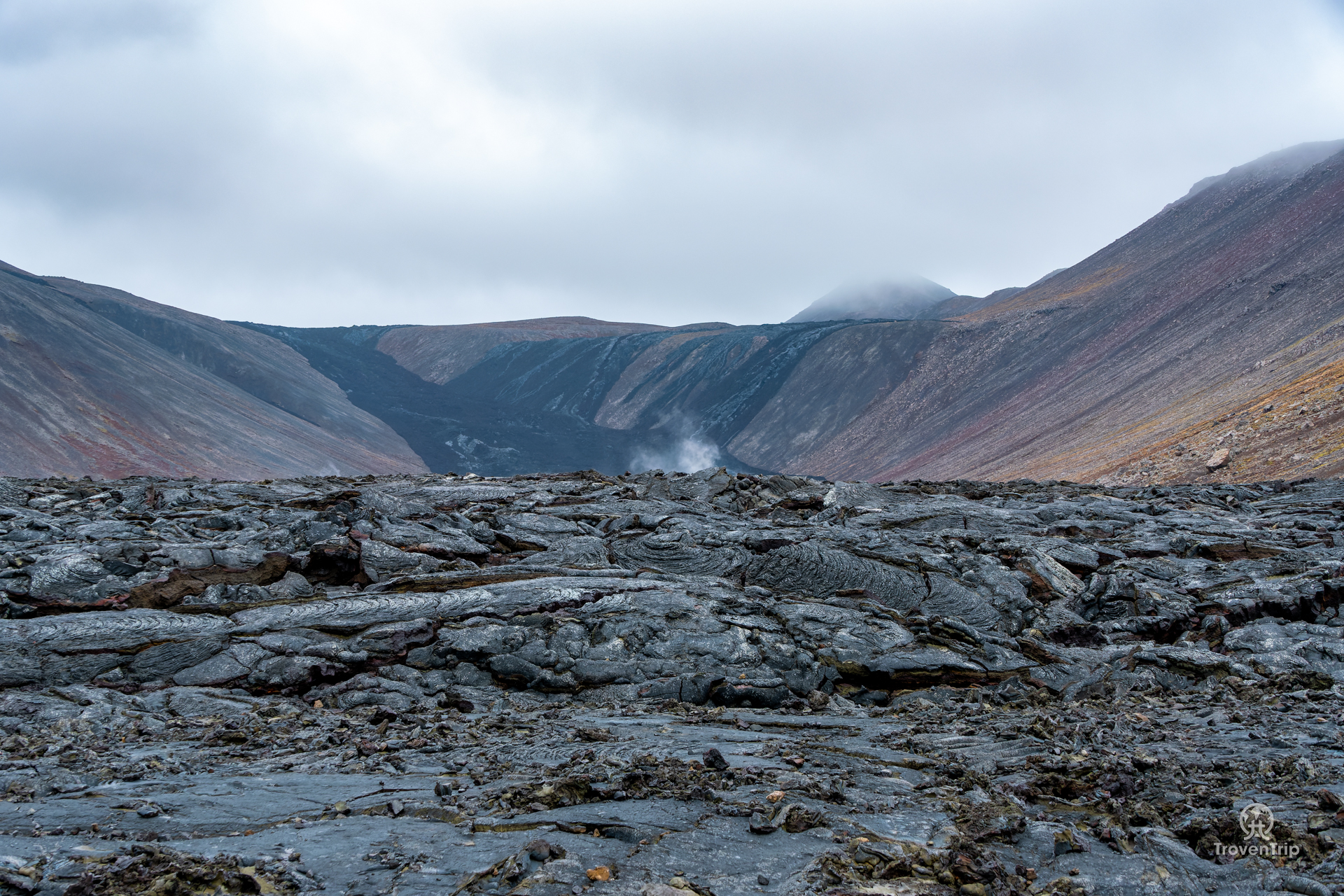

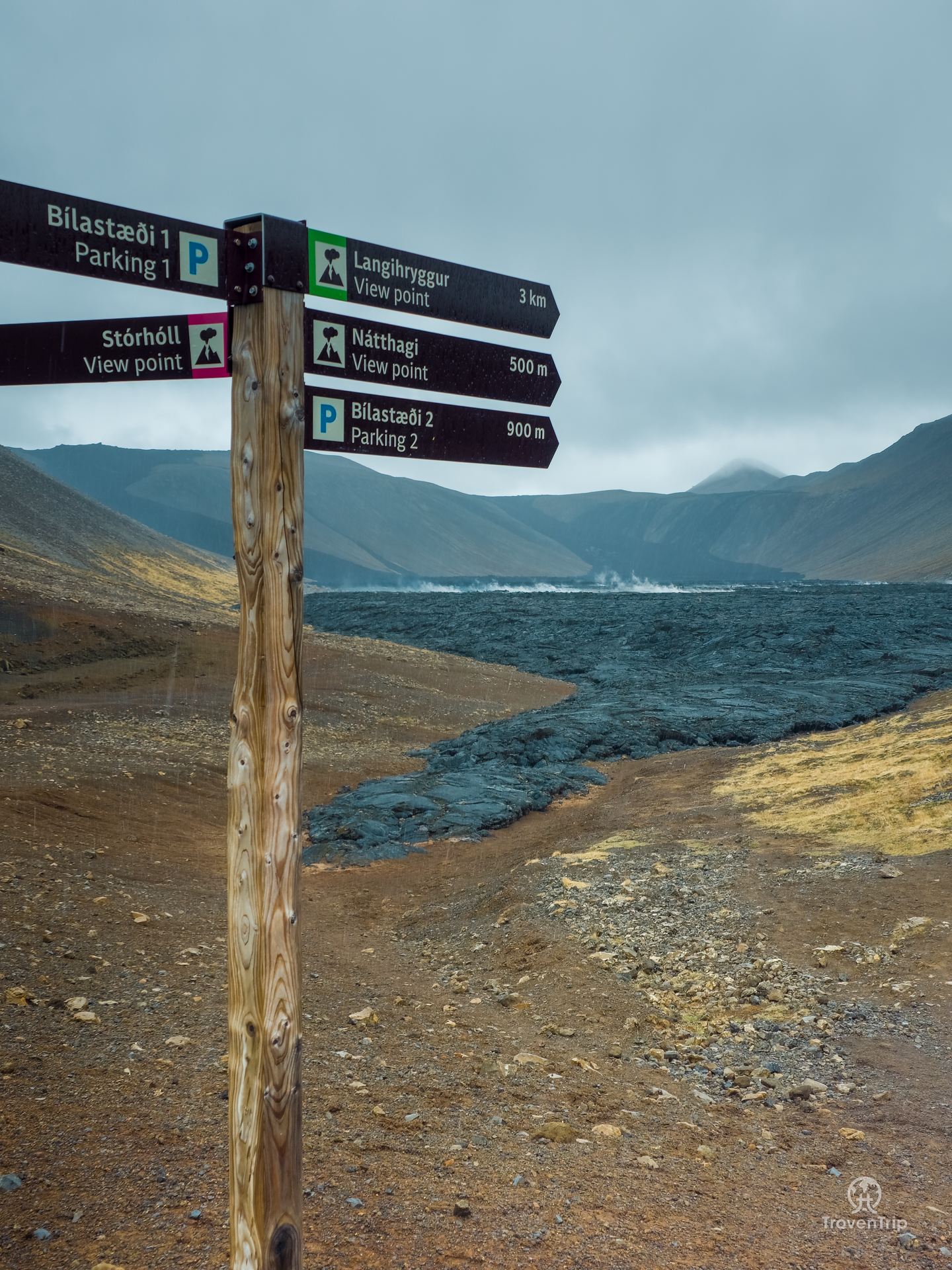
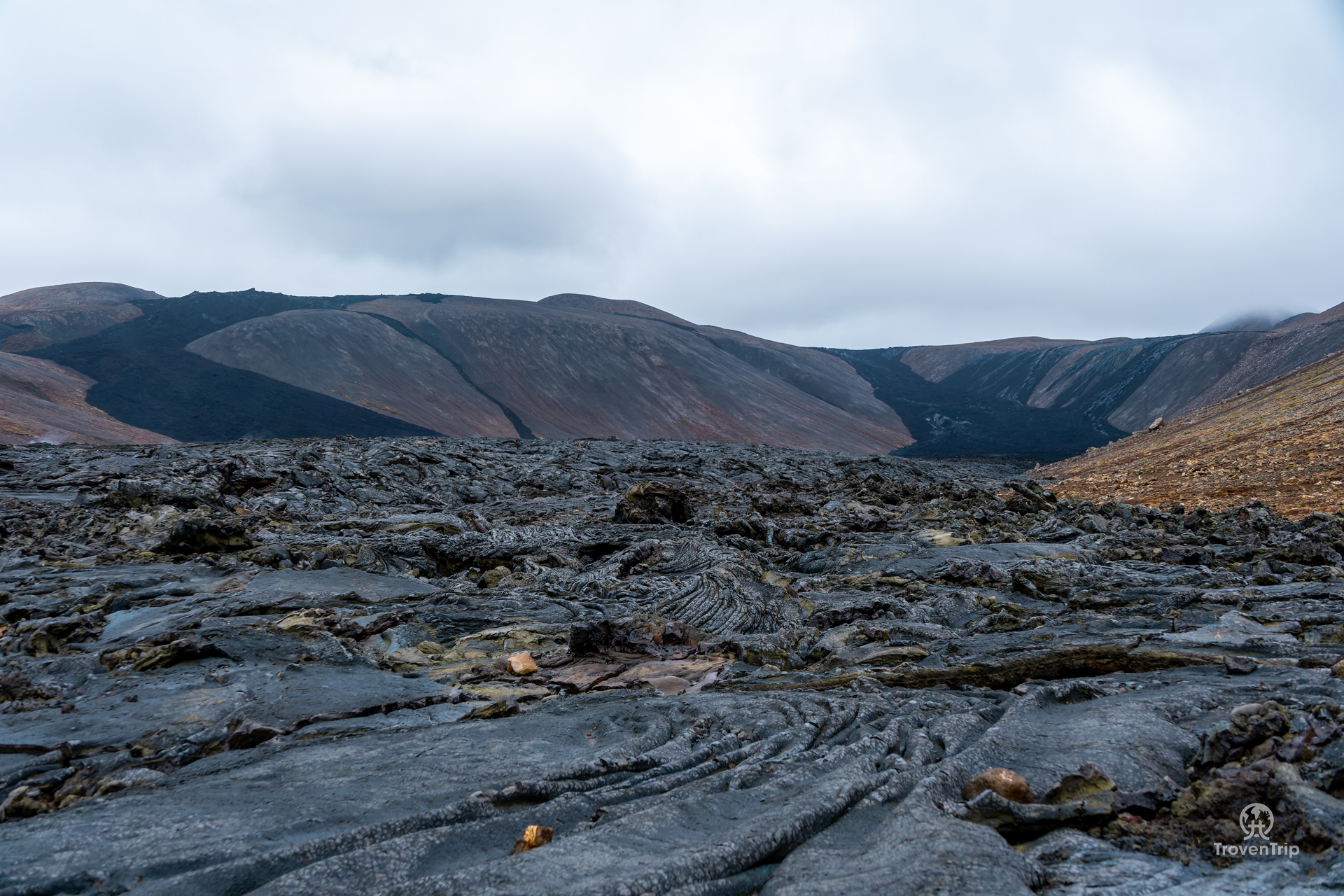
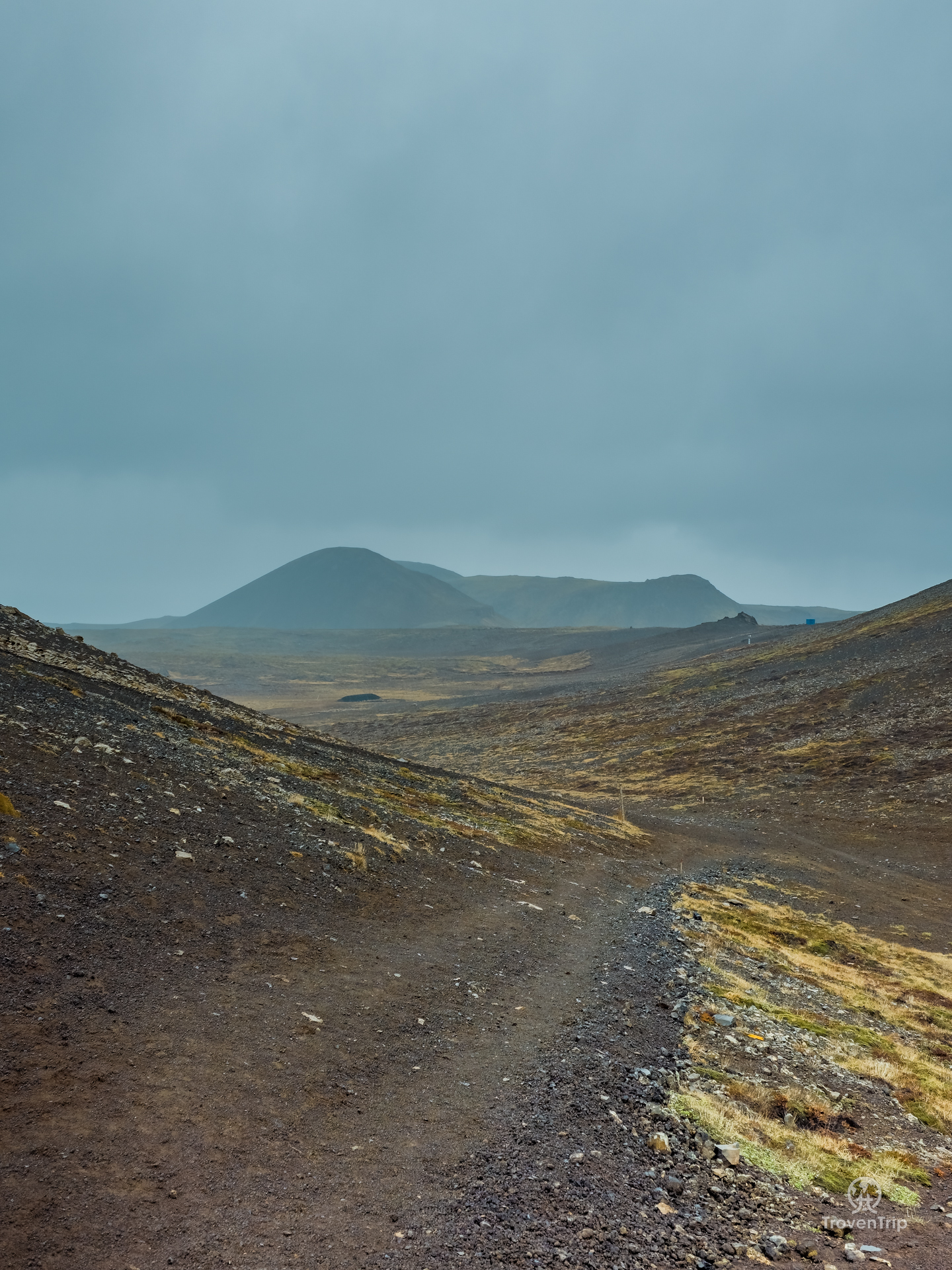
Looking at the lava crust up close is amazing too, the different colours, reds, greens, yellows, blacks. And the textures too. Small holes, curved edges, sharp edges, deep cracks and crevices. It’s like nothing we’ve ever seen before.
We continue on to the next sign but we’re happy with what we’ve seen, and with the rain starting again, we decide to turn back and head back to explore more of the peninsula rather than go deeper into the lava fields.




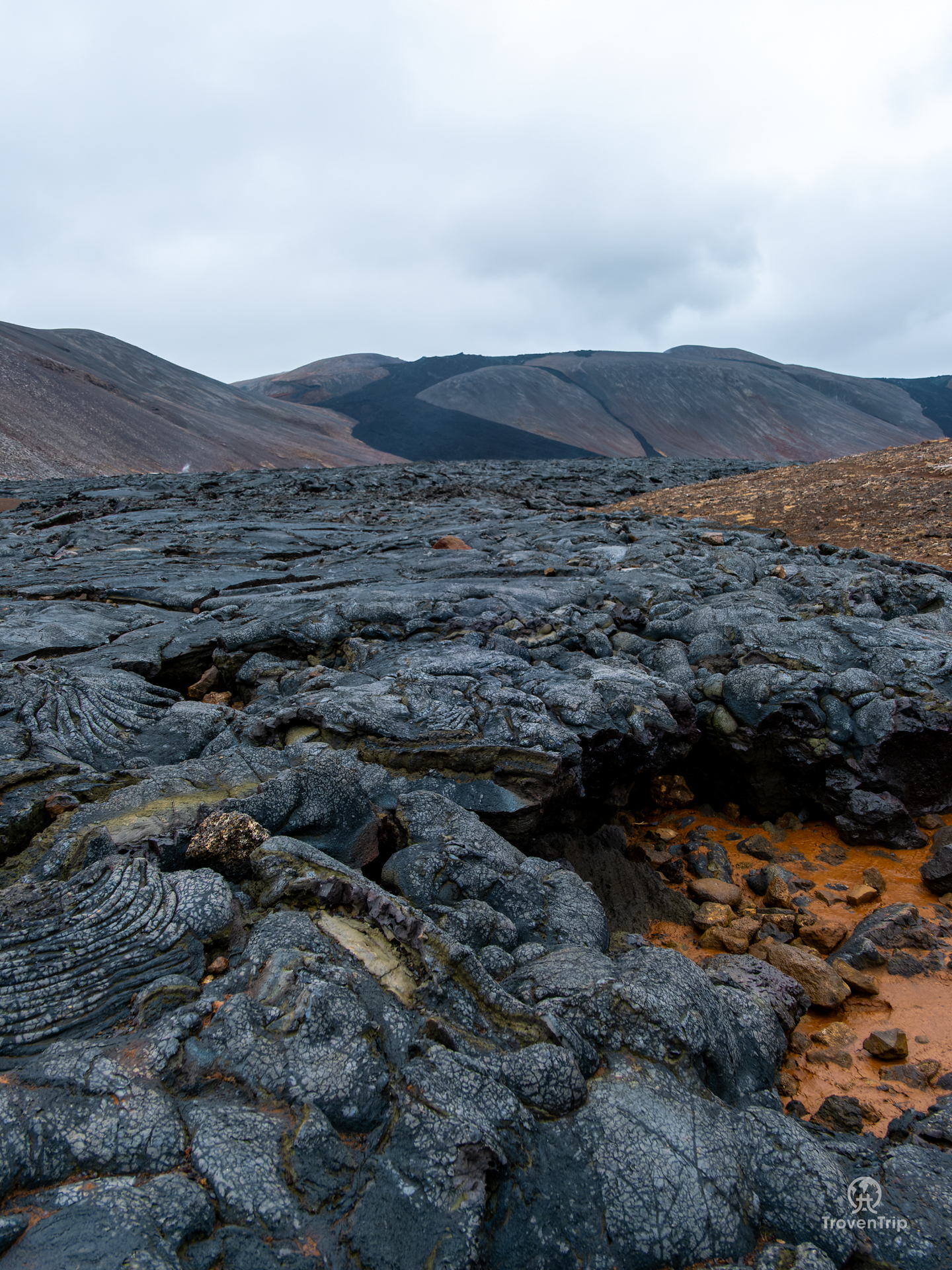

TrovenTrippers Tip… how to visit the active volcanoes and lava fields in Iceland
We were super confused when researching how best to visit the erupting volcanoes before we visited and having seen so many amazing photos and videos on Instagram! So here’s our practical information for how best to visit the volcanoes and lava fields in Iceland:
- Check these websites for the most up-to-date information: Eruption News, Safe Travels
- If there’s an active eruption when you visit, chances are you won’t actually be able to go and see it. The areas get closed off for safety due to the lava flows and toxic gases. But if you can visit, then the above website will have the information
- There are lots of tour companies offering tours of “active volcanoes”. Most of these are simply hikes to the lava fields of past eruptions, which you can easily do on your own. Of course taking a tour is helpful in showing you the best viewpoints and giving interesting information, just don’t expect the tours to go anywhere the public can’t
- We parked at car park 2, called “Volcano Skali Parking P2” on Google maps. Multiple hiking routes start from this car park and are well sign posted.
- You need to pay for parking which can be done via a QR code and app from signs in the carpark (Amazingly we had strong 4G at the top of the volcano, we can’t even get that at home!)
- We did the short 2km hike to the Nátthagi Valley. This webpage has information about the other hiking routes to the 2021, 2022, and 2023 eruption sites: Hiking Routes
- Lastly and most importantly, follow all of the local advice, signage, stay safe, and have fun!!!
Wonder at the Seltún Geothermal Area
Due to the recent eruptions some of the roads on the Reykjanes Peninsula are closed, and so we need to go the long way around to get to the south west corner as the road to Grindavik is one of those affected.
But this does mean we get an extra stop at the Seltún Geothermal area and mud pools.
The area is quite similar to Geysir Hot Springs which we visited yesterday on the Golden Circle, but other than there not being a spouting geysir here, we actually prefer Seltún.
The strong smell of sulphur is definitely the same, but here there are bubbling mud pools as well as steaming hot springs. And as we walk around teh area we can hear the water bubbling and hissing beneath our feet deep down in the rocks.
It feels like we’re in a different world, the rocks are all different bright colours… red, blue, yellow, silver, brown. Paul says it feels like we’re on Mars!
As we walk around the wooden viewing platforms the sulphur smell gets even stronger, we wish a photo could convey a smell so you can see what we mean. Maybe go and smell some rotten eggs as you look through our photos to get the full experience!

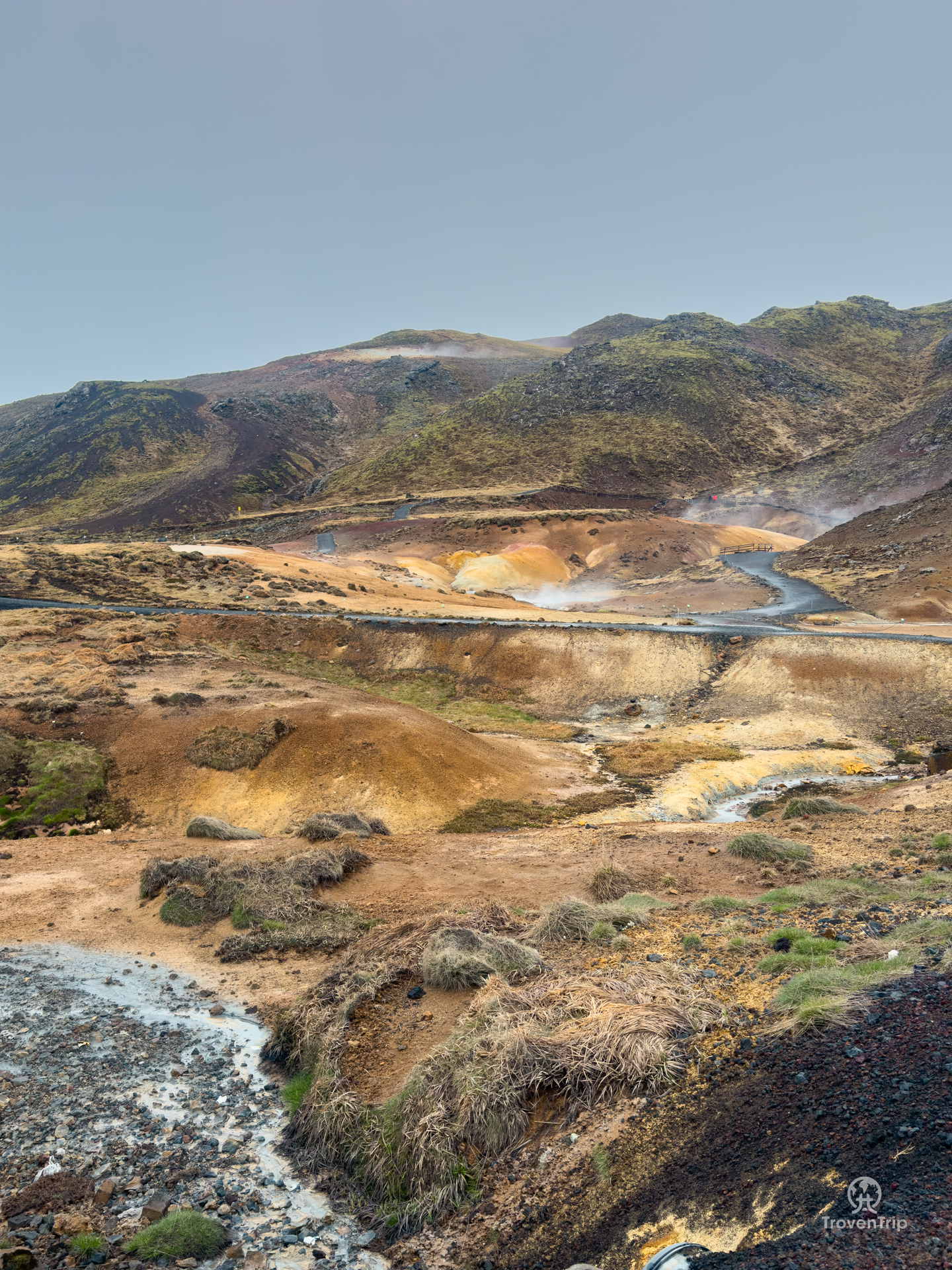
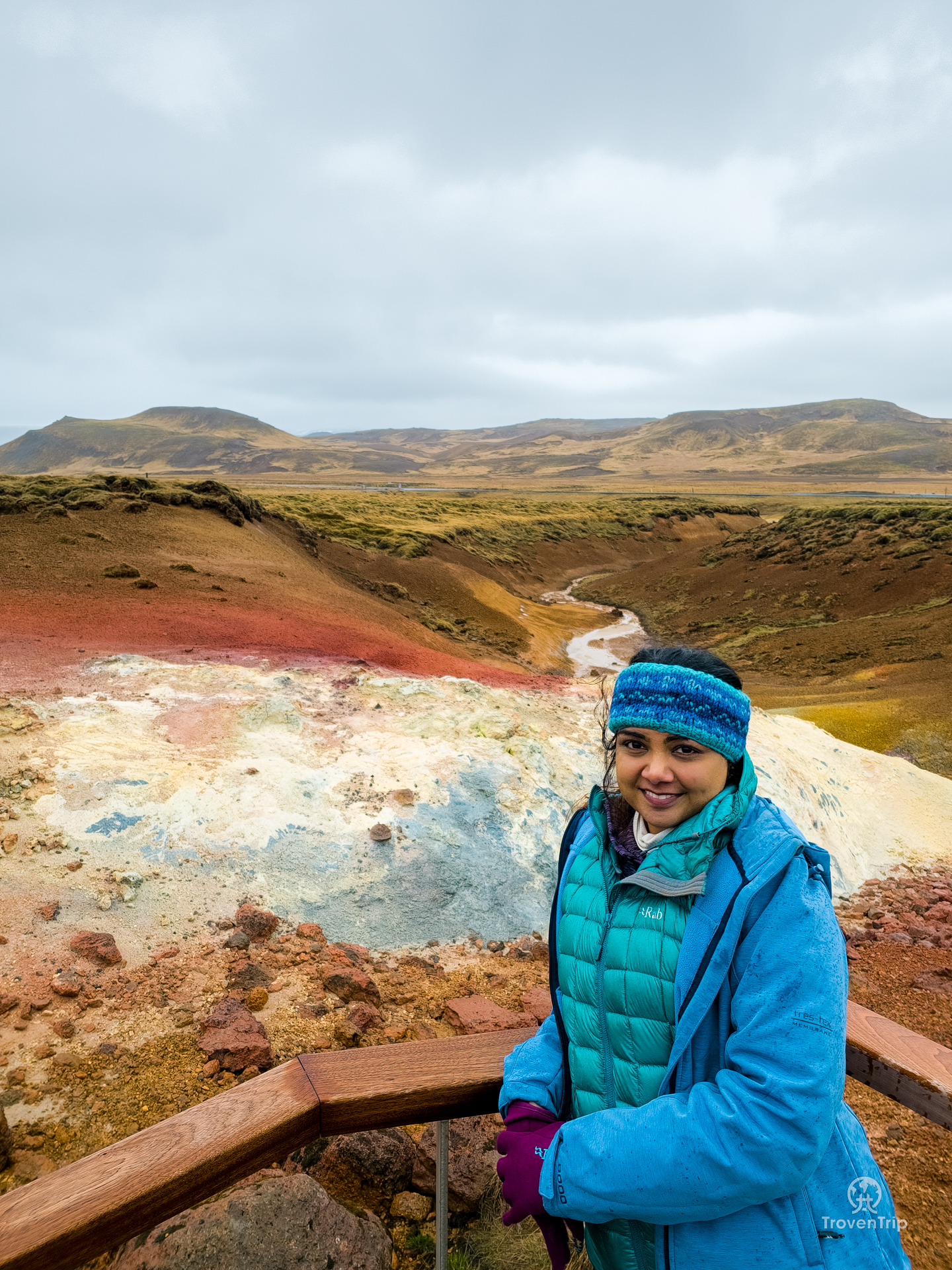
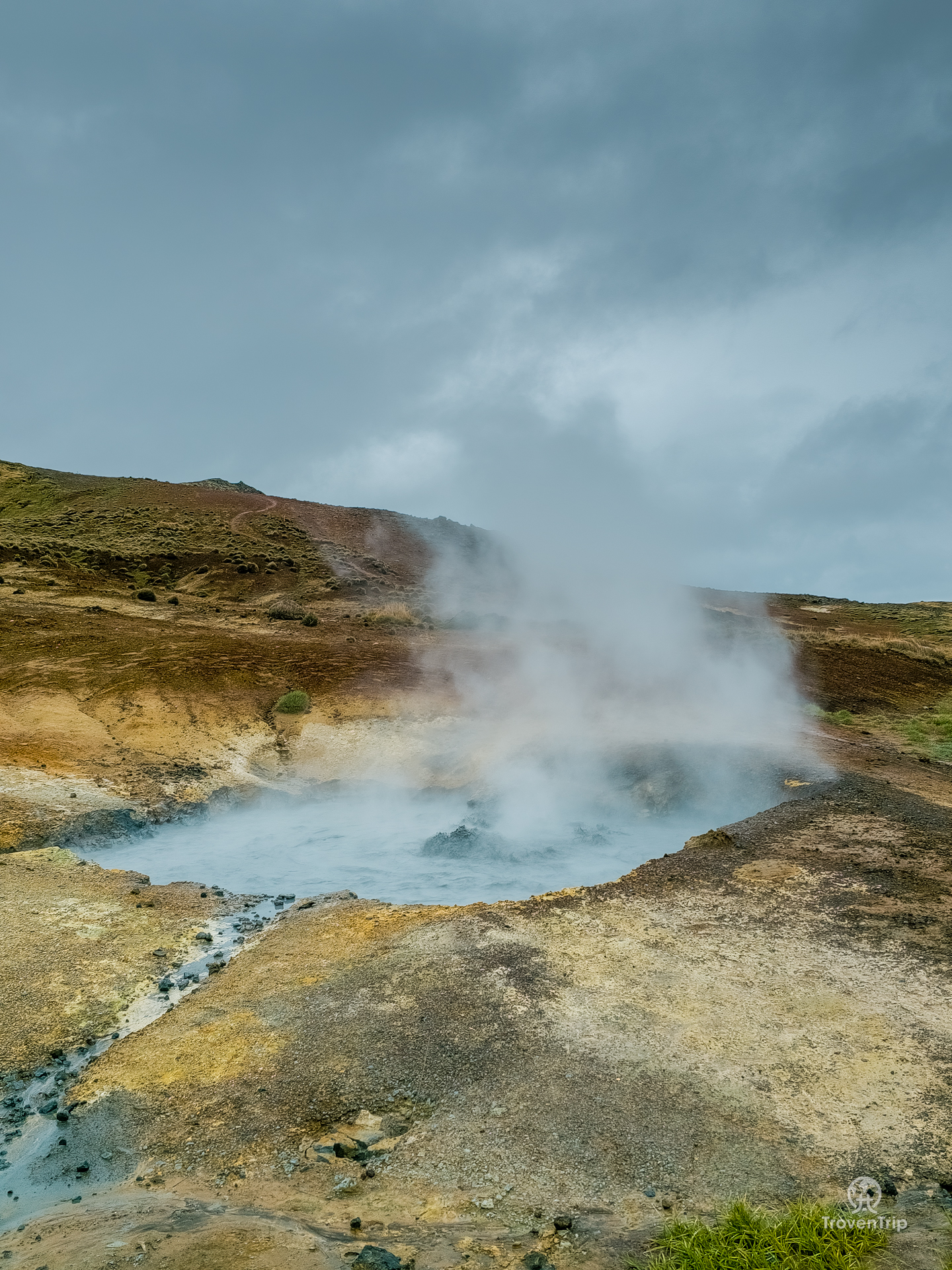


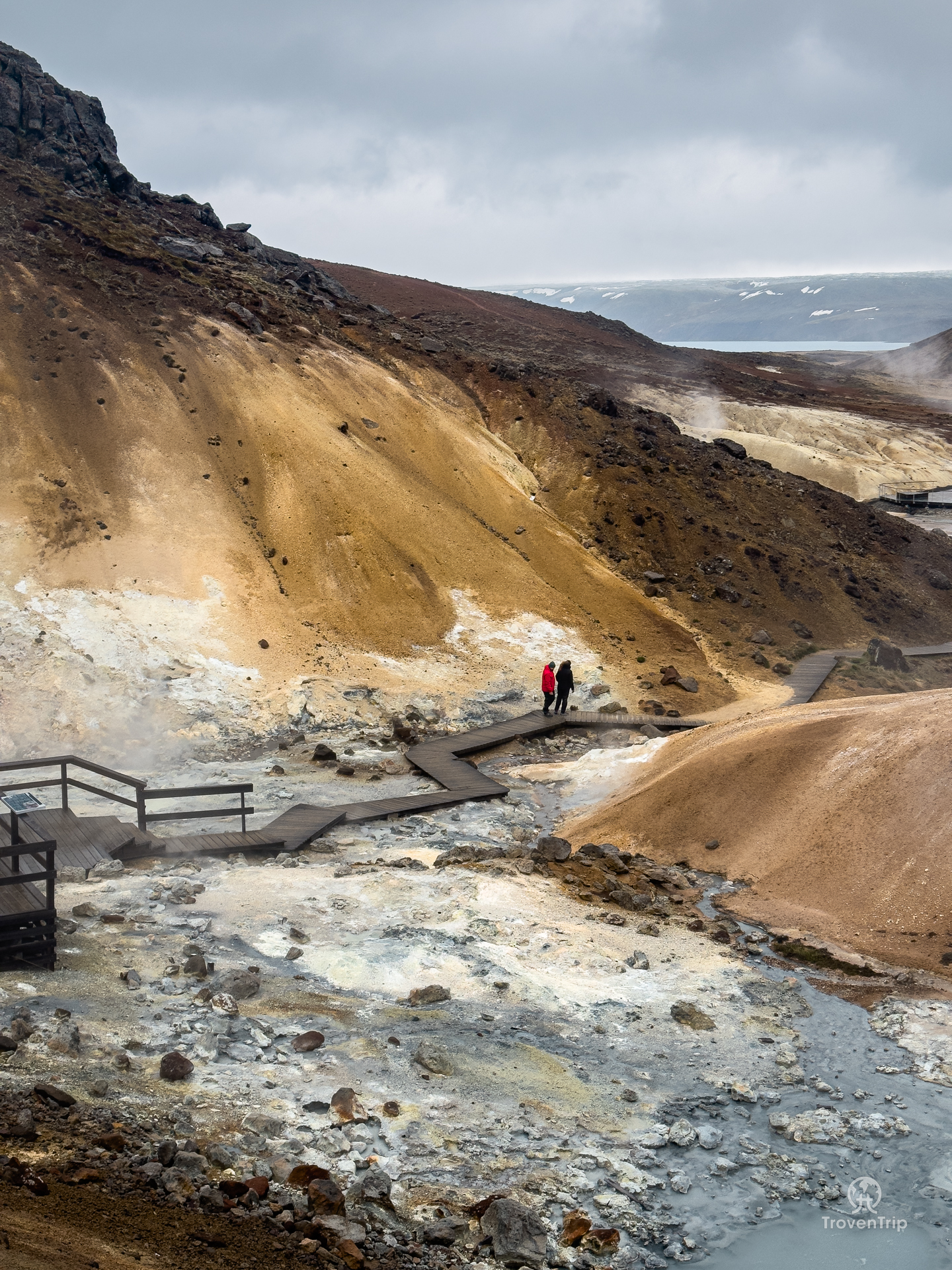

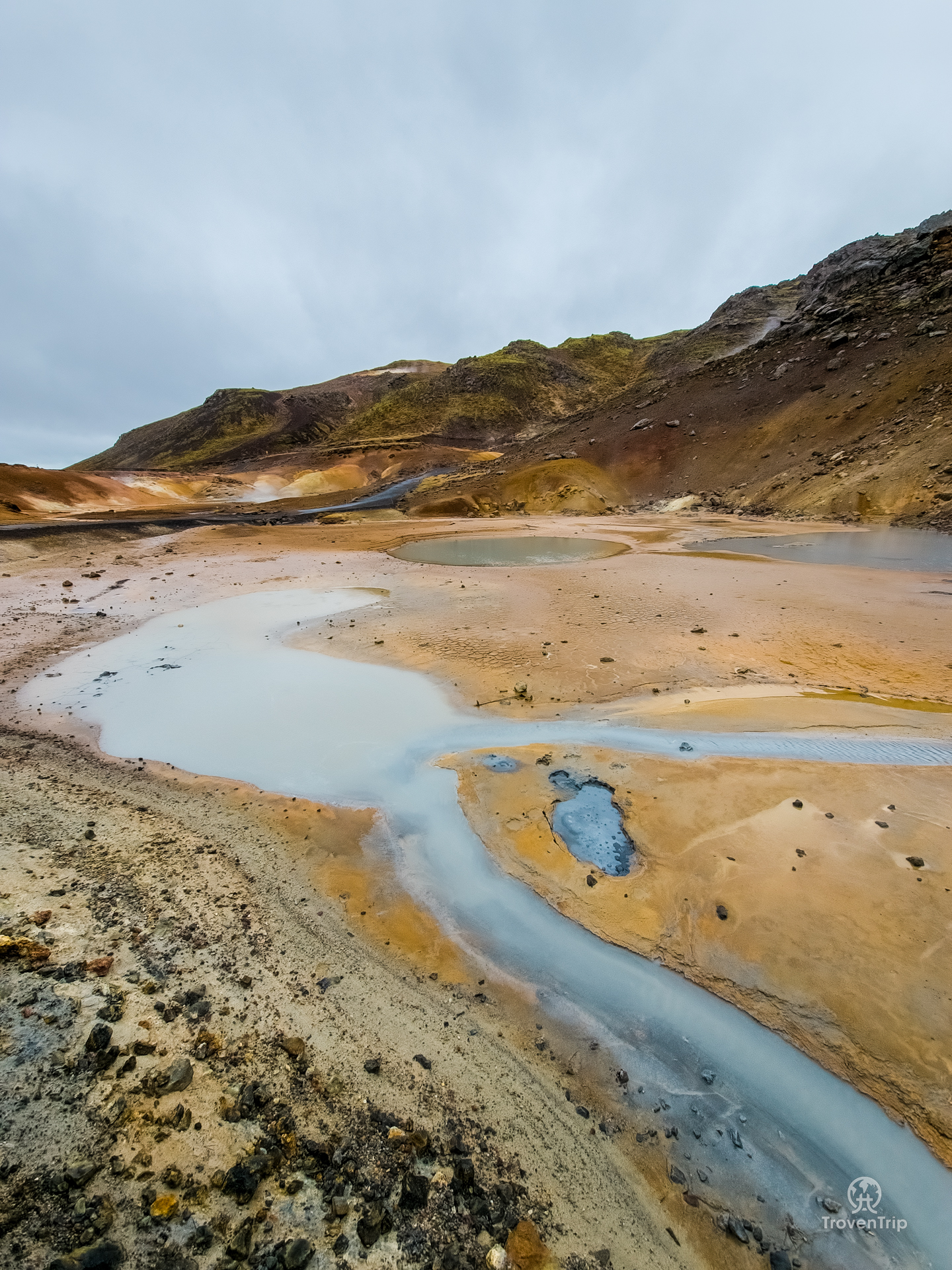

TrovenTrippers Tip… Visiting Geothermal areas from Reykjavik
Seltún Geothermal area is probably the most easily accessible sight we see in our whole trip. You can see the mud pools and steaming hot springs from the car park itself, and there are newly built wooden walkways to easily explore the area in a short 10 minutes walk.
Walk Between Europe & North America at the Bridge Between Continents
Perhaps not one the most spectacular sights to see in Iceland, but definitely a really cool experience is to walk across the Bridge Between Continents. How many people can say they’ve walked from Europe to North America?!
The Reykjanes Peninsula lies on the Mid Atlantic Ridge where the Eurasian and North American tectonic plates meet and are slowly moving apart. Hence why it’s such a volcanic area!
It’s a short photo stop and Sneha is a little underwhelmed by the bridge… she’s expecting a huge bridge crossing a river and connecting the continents over a giant gorge. But instead the bridge itself is only a few metres long and we can almost touch the bottom of it when standing below it!
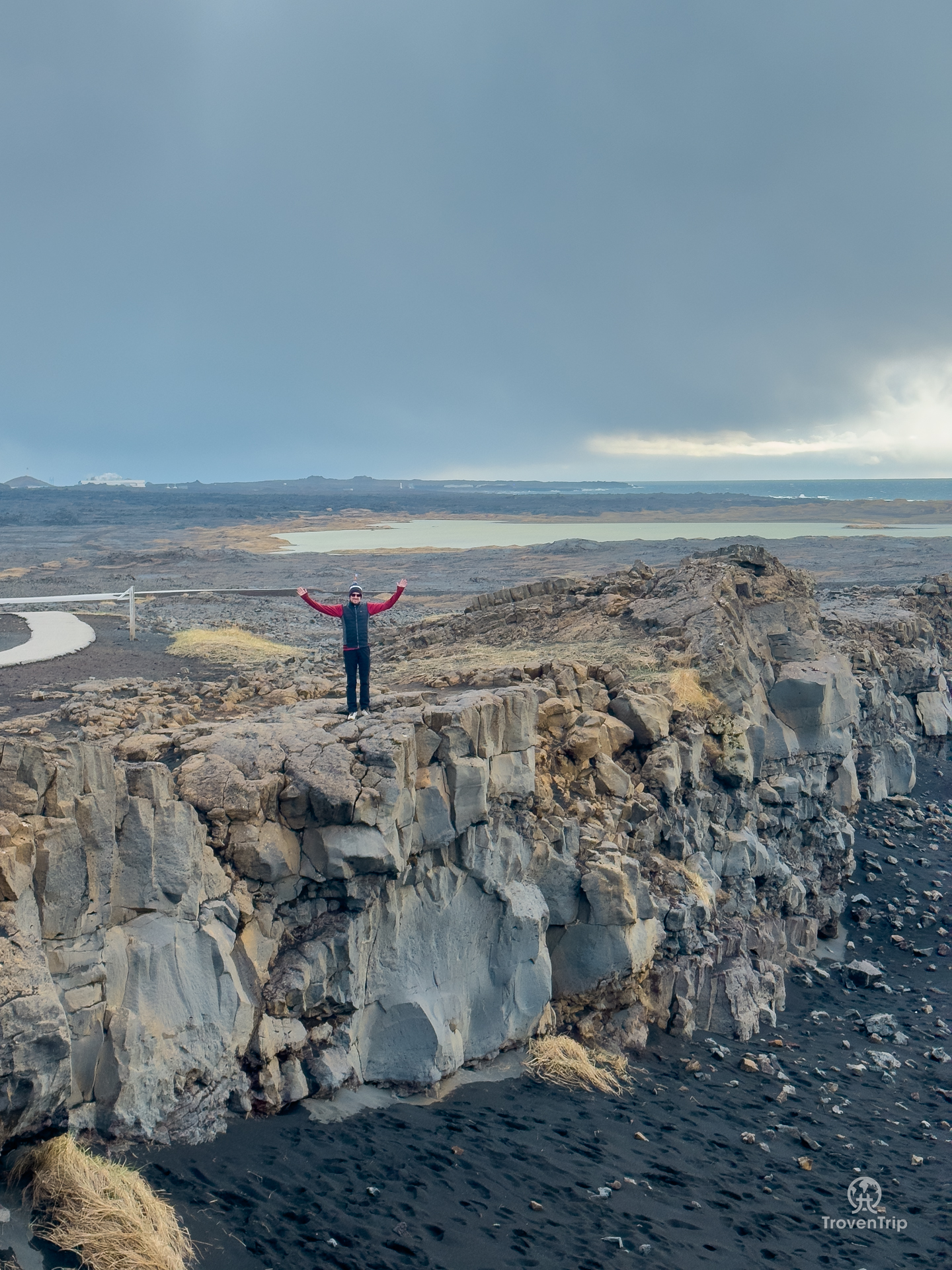




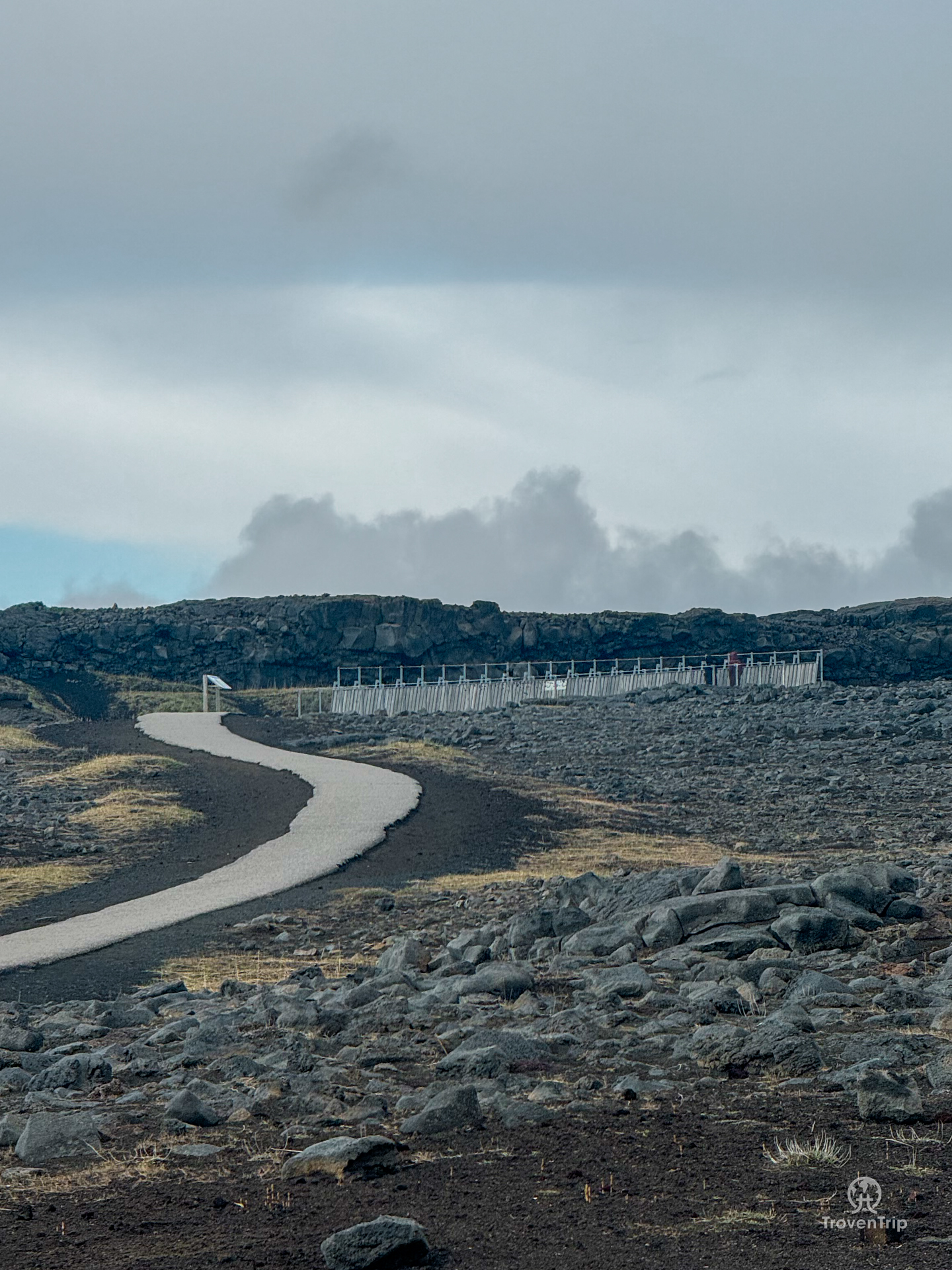


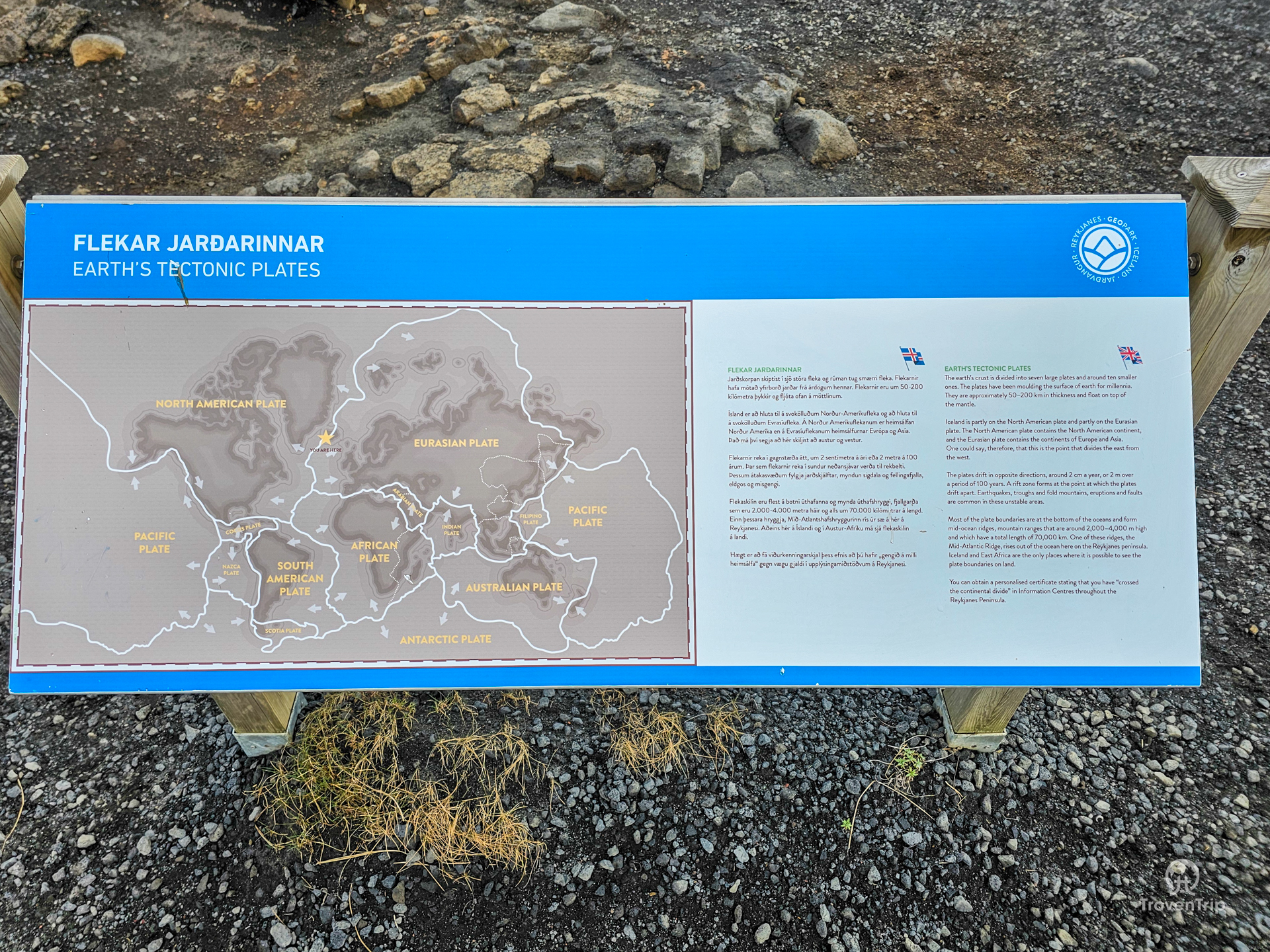


Visit Gunnuhver Hot Springs & Reykjanes Lighthouse
At the very edge of the South West corner of the Peninsula is Gunnuhver Hot Springs and Reykjanes Lighthouse.
It’s quite an industrial area with the geothermal waters being used to generate power and energy, so walking around the area is a little different from the isolated and desolate landscapes of this morning.
We only make a very quick stop here and see the large bubbling mud pool, to be honest we much preferred the Seltún Geothermal area we stopped at earlier.


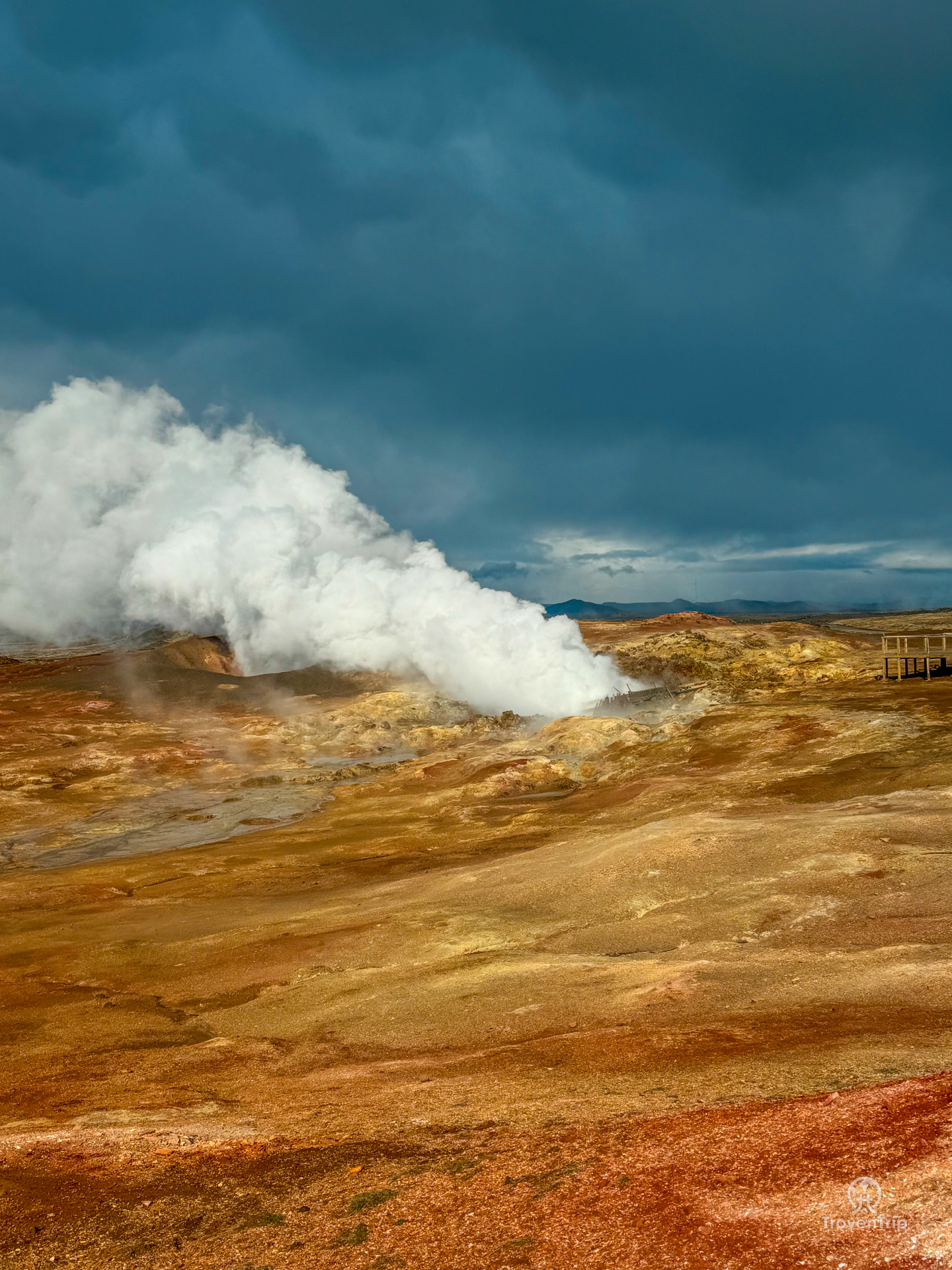



Relax in Healing Waters at the Blue Lagoon
Ok ok, so our last stop for the day isn’t exactly off the beaten track being one of Iceland’s top tourist attractions.
But after a day hiking to volcano lava fields, smelling the sulphur at the geothermal mud pools, and being battered by the wind at the Bridge Between Continents, relaxing and chilling at the Blue Lagoon is the perfect end to our day and trip to Iceland.
Yes it’s touristy, yes it’s expensive, but it’s also fantastic. If you want to relax and splurge a bit, then go for it!
The Blue Lagoon costs from 9990ISK / £57 per person for the basic package, you get a drink and face mask included, and can stay in the lagoon for as long as you want.
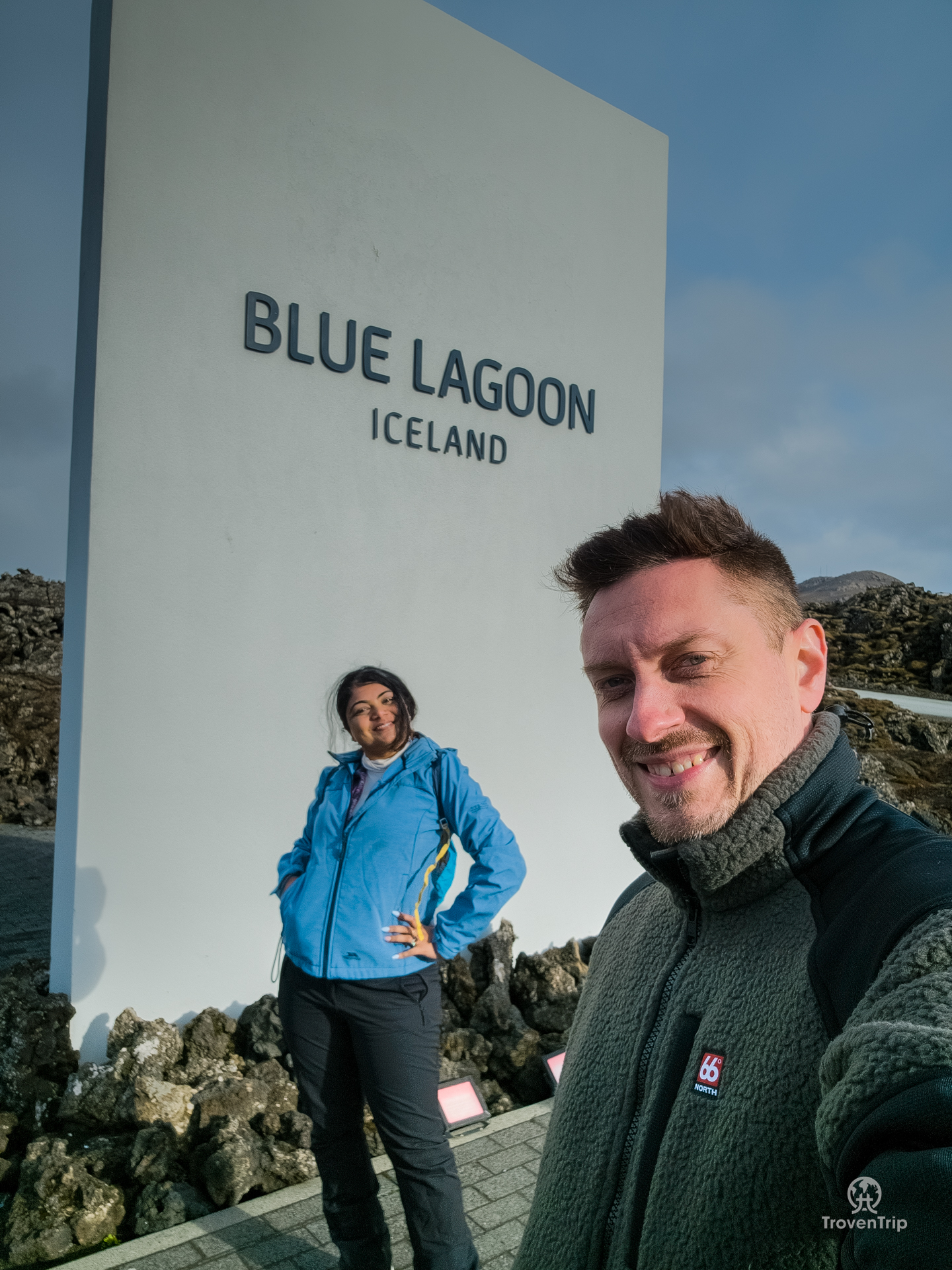
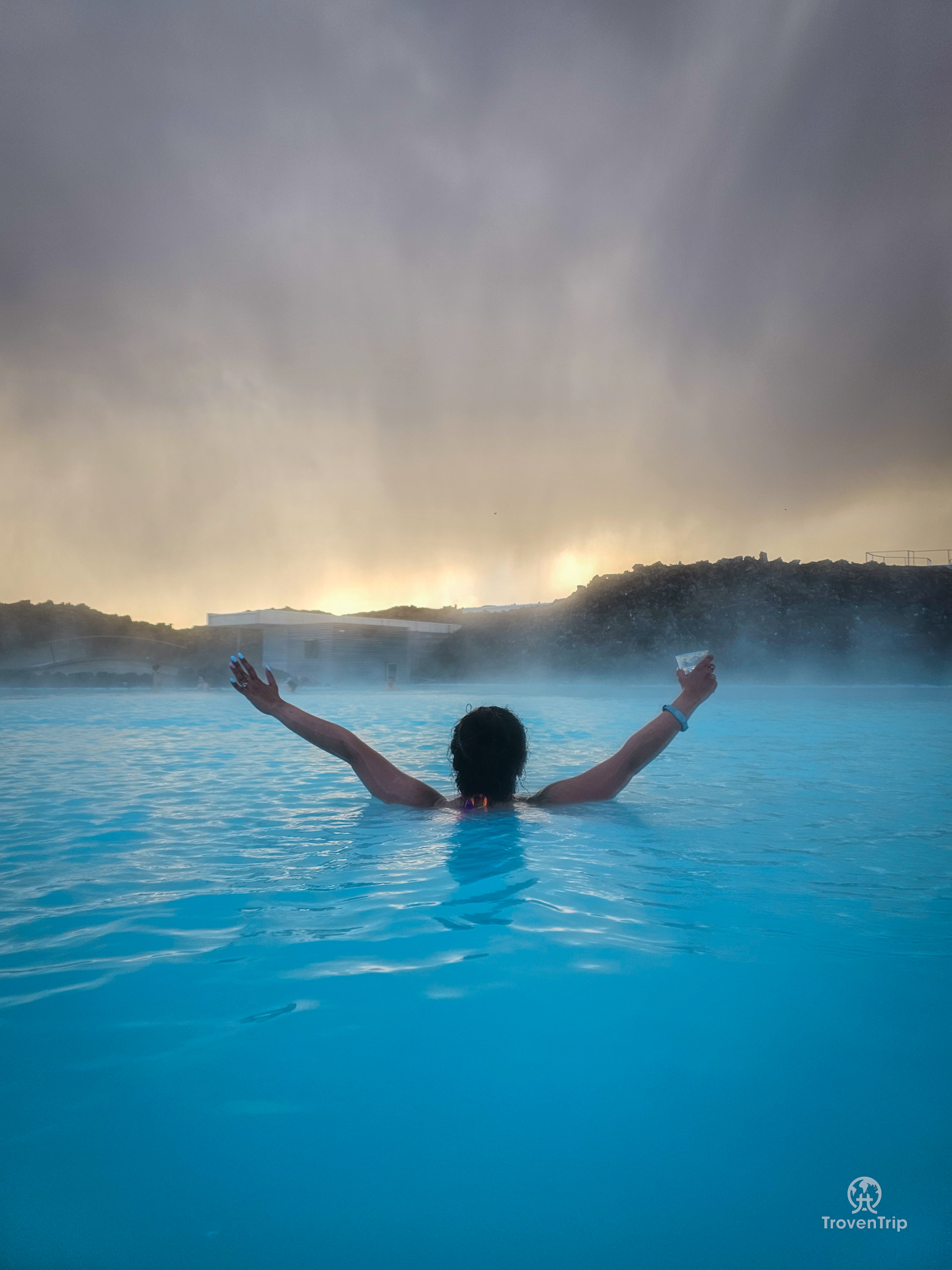
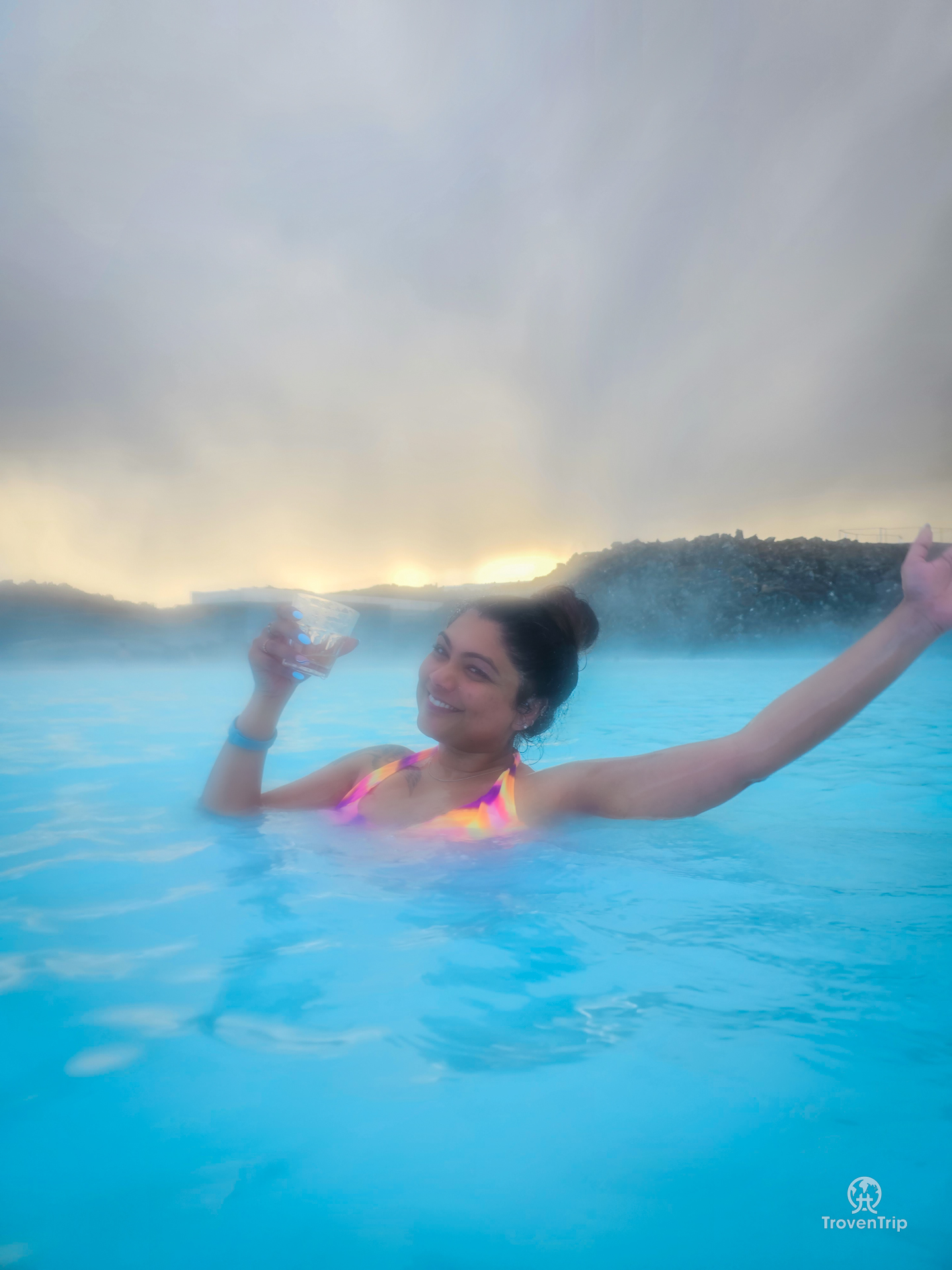

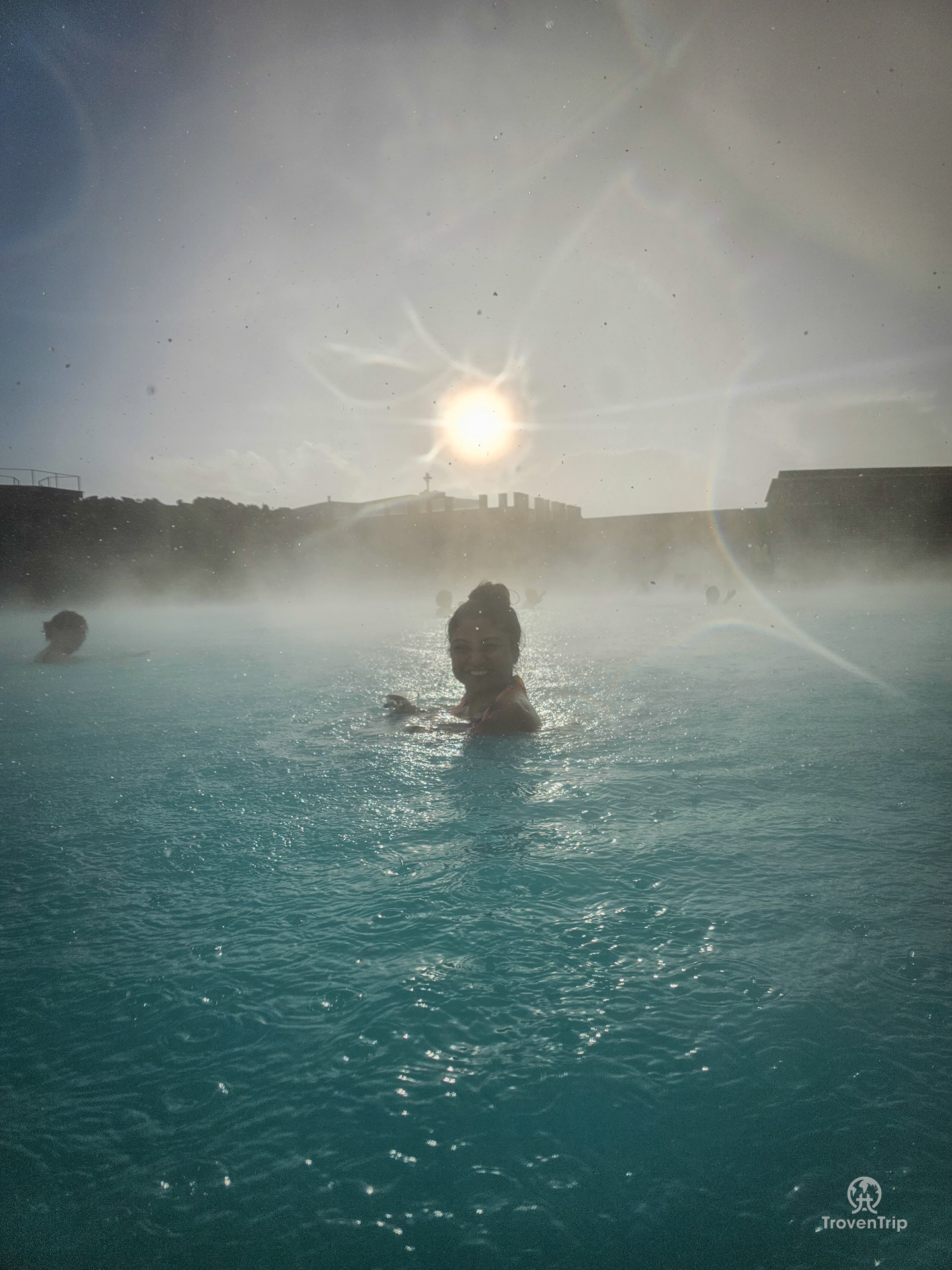
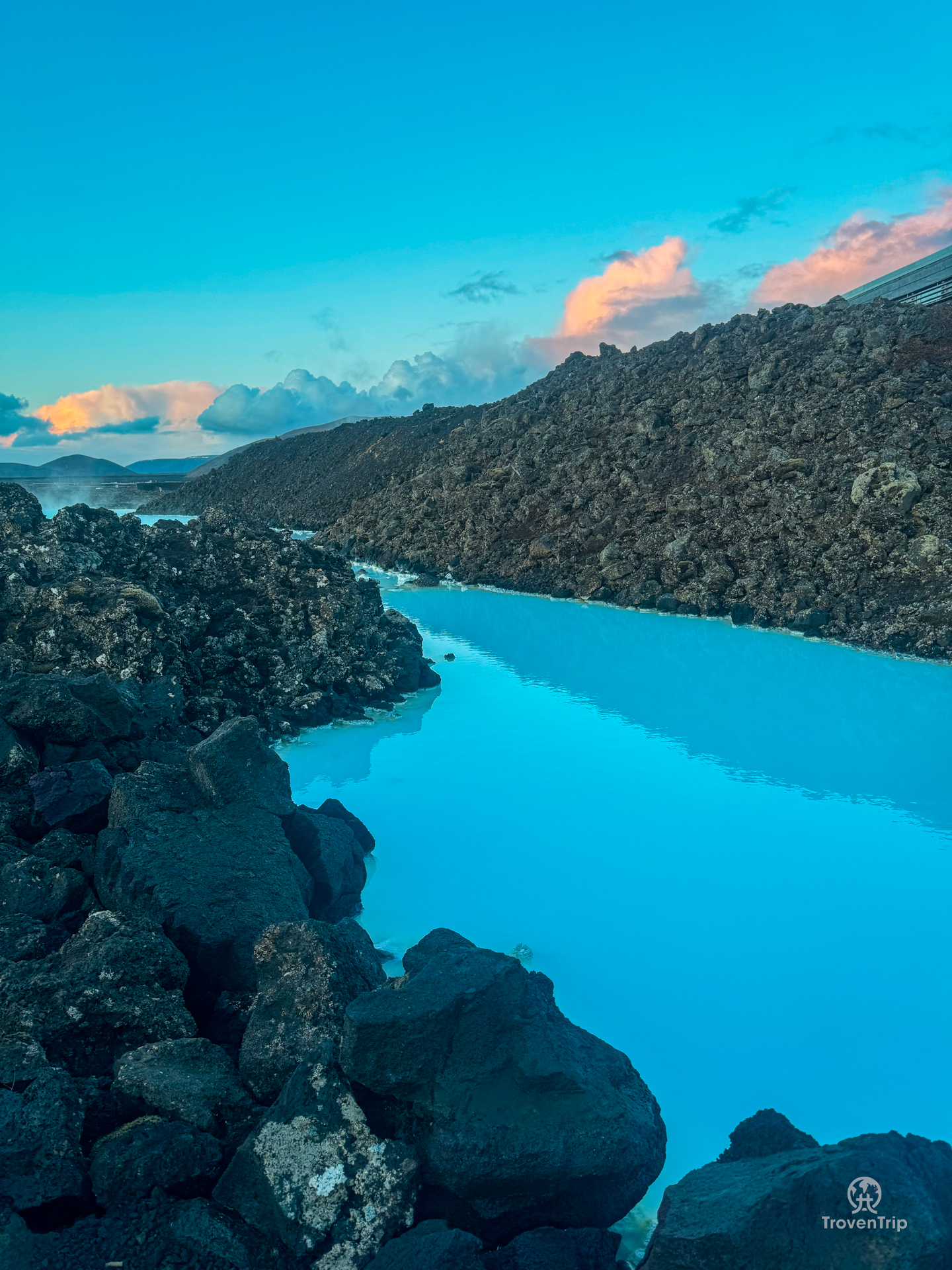


Where to stay in the Reykjanes Peninsula?
The Reykjanes Peninsula is easily accessible from Reykjavik and Keflavik so there are lots of stay options, as well as staying at the Blue Lagoon if you really want to treat yourself.
We wanted a true Icelandic experience for our last night though so we chose Hotel Viking in Hafnarfjörður. It was less than £100 for the night to stay, and was a 30-minute drive to the airport for us in the morning so was perfect!
The hotel is really cool with a Viking theme running throughout, and the breakfast was good with a buffet selection.
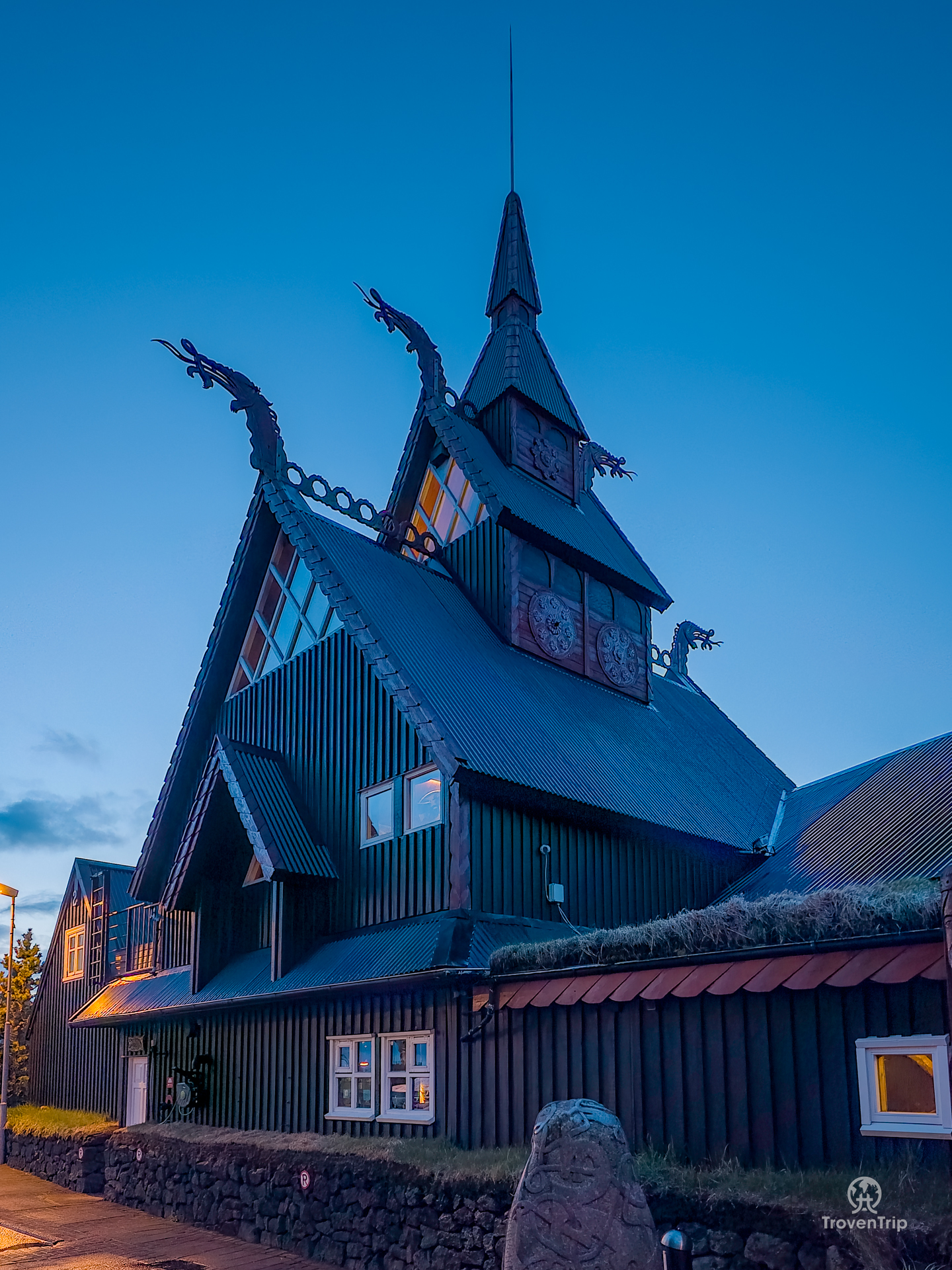
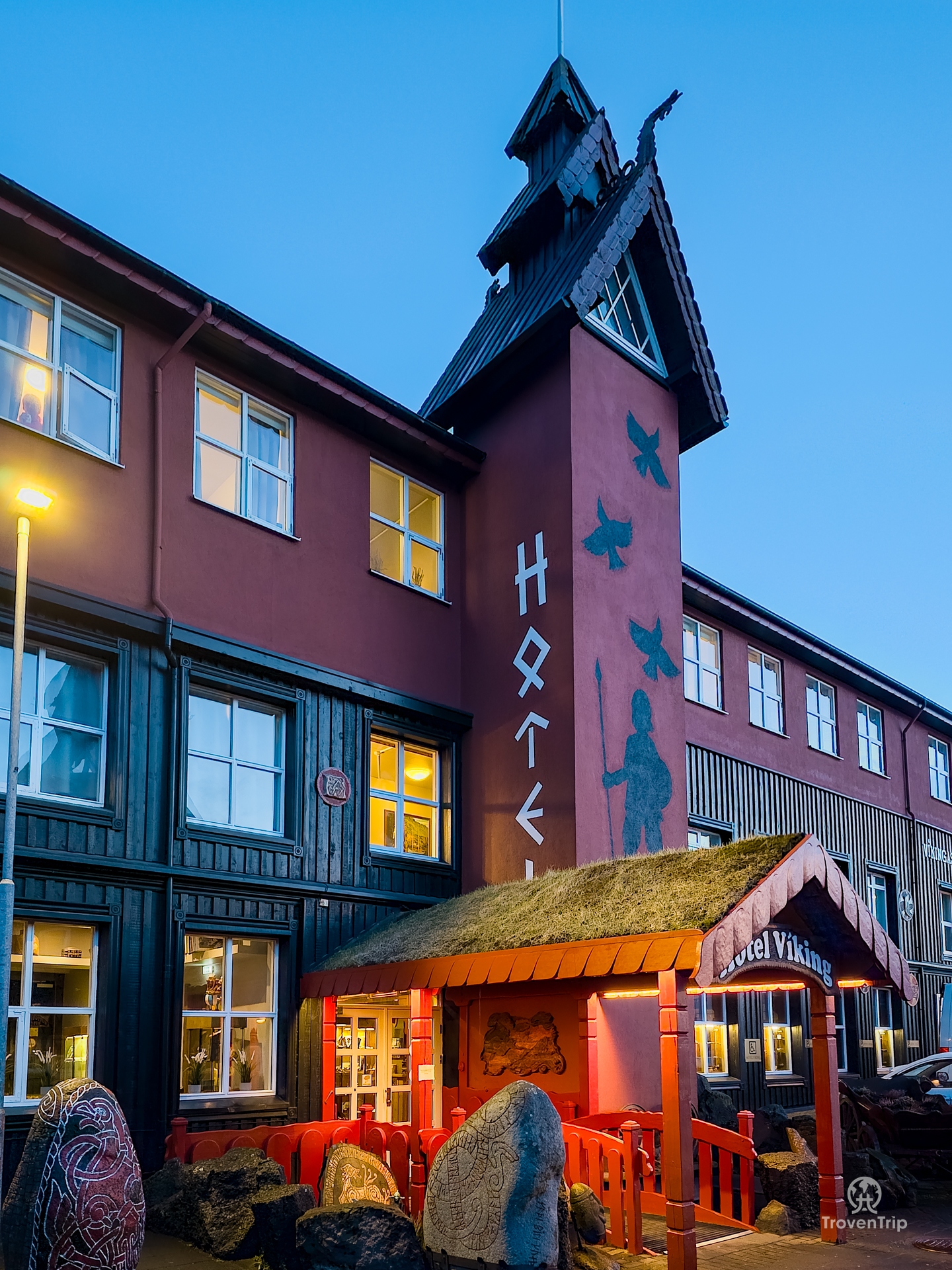

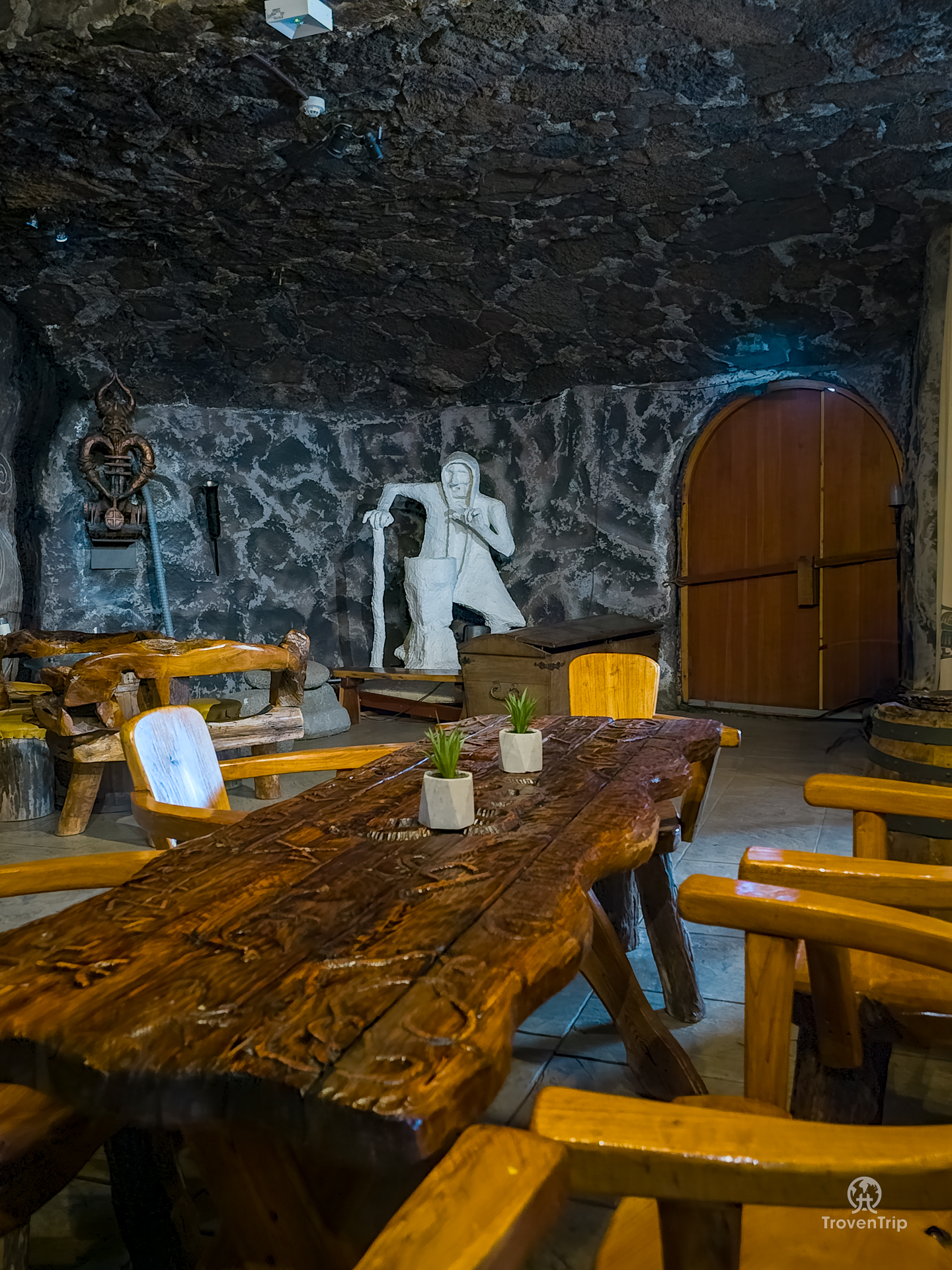

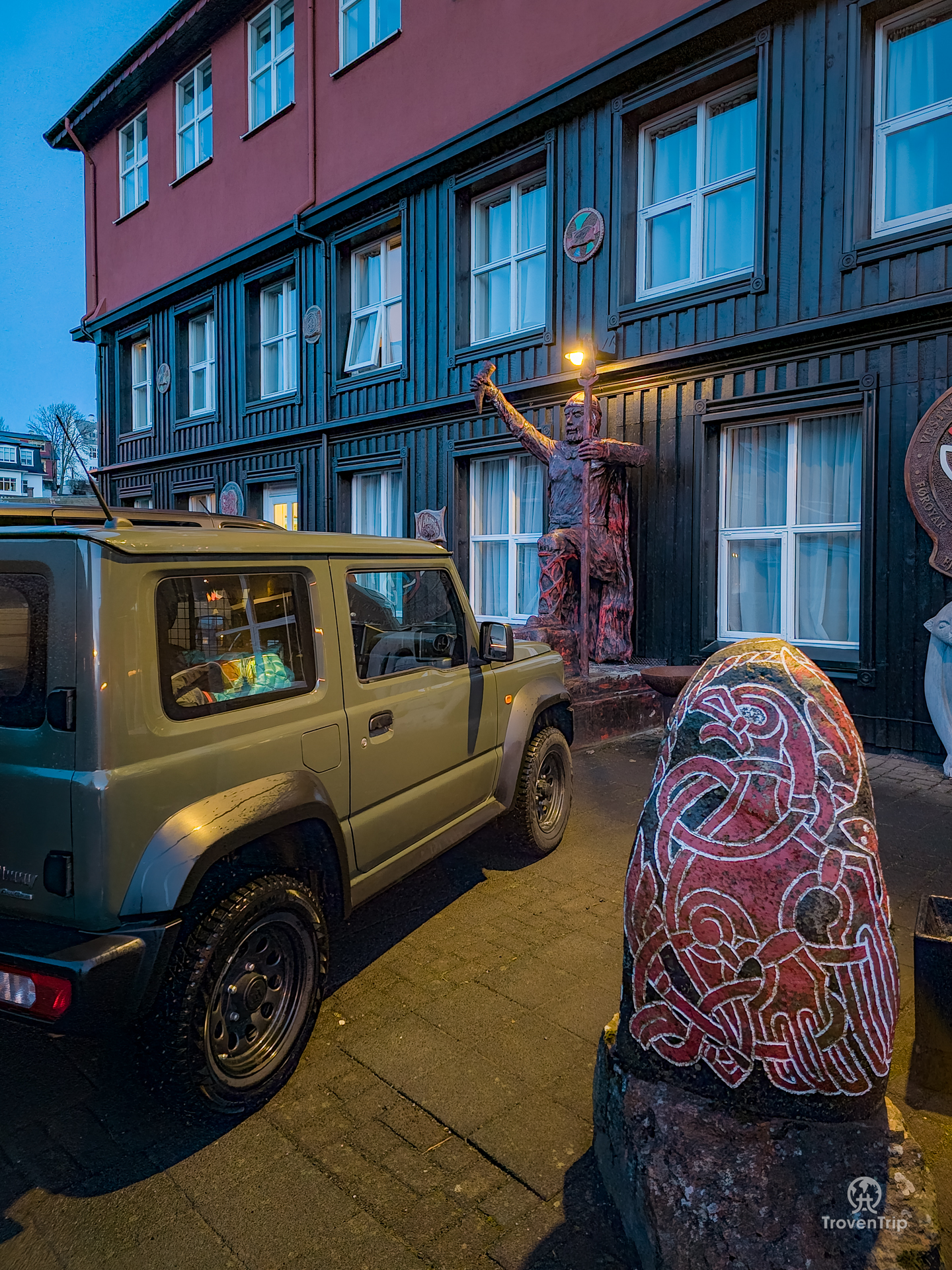


Be the first to leave a comment
Relateable posts
-
blog
-
Iceland
Oct 10, 2024Perfect Itinerary for Reykjavík
Iceland! The Land of Fire and Ice!I only visited for a few days and went…
-
blog
-
Iceland
Jun 6, 20249 Best Things to See and Do in Reykjavik in 1 Day
When you’re visiting Iceland you’re likely to want to see erupting volcanoes, frozen glaciers, the…